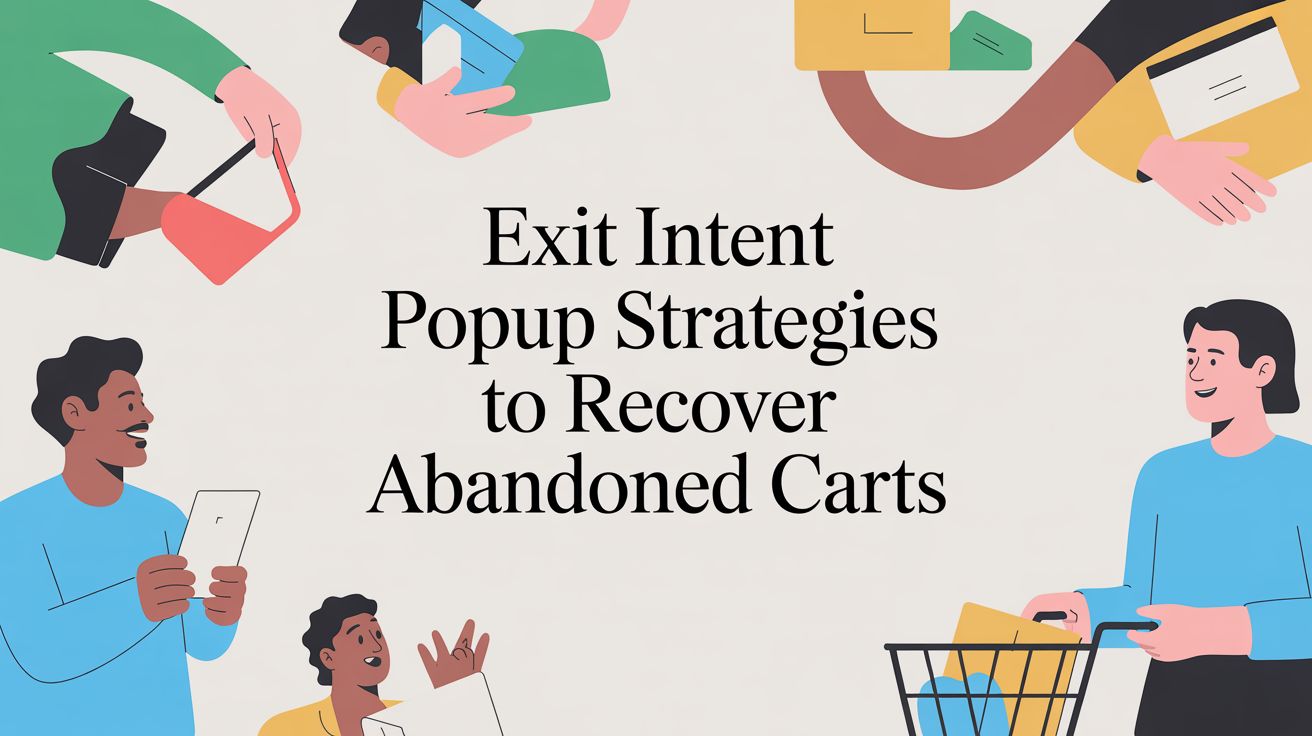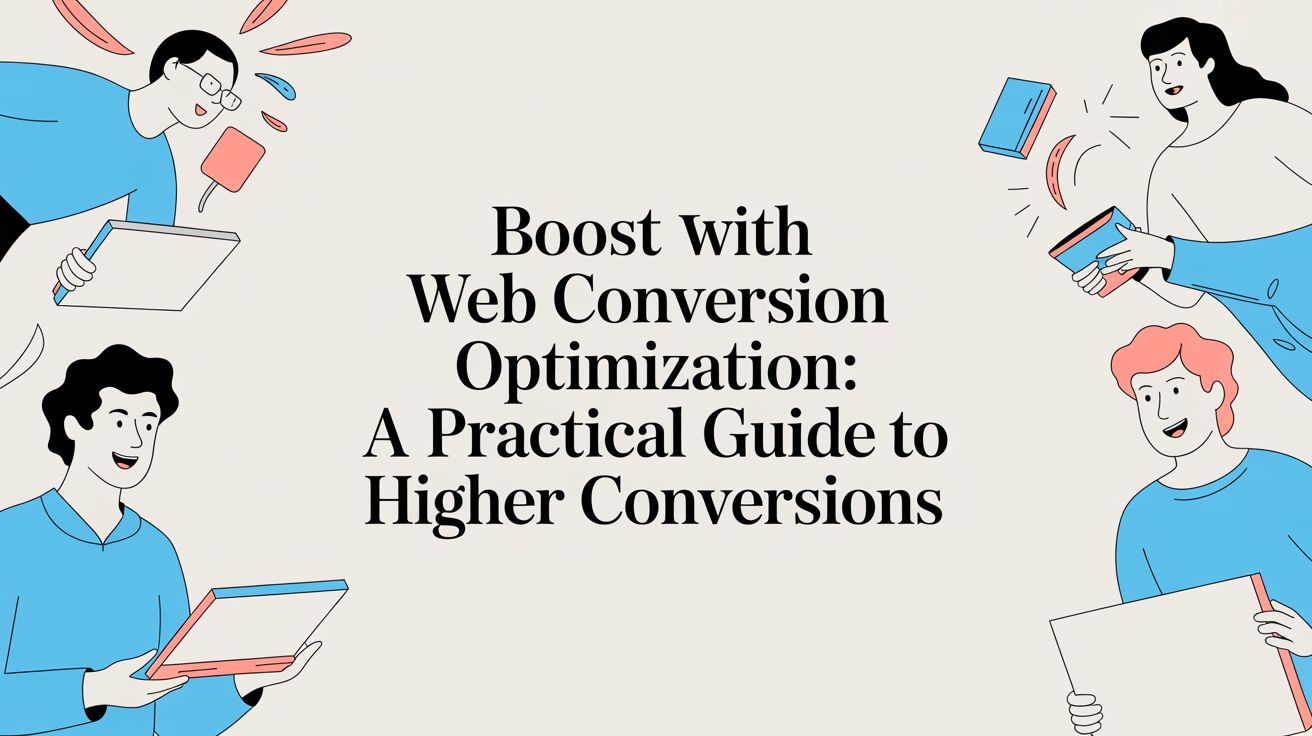
The why behind the buy: 7 things that influence consumer buying decisions

The swipe of a debit card, the exchange of dollar bills — this year, 2.14 billion people worldwide are expected to buy goods and services online. And that's just online. But why does it happen? What is it that drives someone to buy a product?
We’ve written a list of seven reasons why consumers feel compelled to make a purchase. Take a look below.
1. Need
If you’ve ever stepped foot in a store or traveled the web looking for a product, there’s a pretty high chance that you did so out of necessity.
Humans have needs, requirements for living a healthy and sustainable lifestyle. These can range from aspects designed for survival like food and water to intimate needs such as emotional support and happiness.
Some products fit the criteria to meet those needs simply based on their makeup. Others are more discreet in their approach (perfume, social media, creative projects, etc). No matter what type of product your brand is interested in selling, its capability to help consumers reach their goals will be the determining factor in whether or not consumers buy your product.
2. Value
Selling a product isn’t just about creating an item that serves a specific purpose — it’s also about convincing consumers that your product will impact their life positively in some way.
Consumers have to trust that your product will offer value. A product’s value can be determined by a number of factors: its ability to accurately accomplish the goals outlined in its description, the collective opinion held by consumers about its effectiveness, its ability to solve consumer pain points and more.
3. Fear of missing out (FOMO)
The stress that comes from fearing a product will be gone before you get the chance to own it is real. It’s also a huge driving force in a consumer’s decision to purchase a product.
That stress is otherwise known as the fear of missing out (FOMO). It typically happens when a product is scarce or low in supply.
FOMO can increase the perceived value of a product if customers believe that it’s hard to come by because others are purchasing it. FOMO may inspire consumers to move quickly and interact with your brand before they lose the chance to do so.
4. Trends/relevance
Believe it not, sometimes consumers want a product simply because other people have it.
A product’s trendiness or particular appeal at a certain time adds to the perceived value customers attach to it. Why? Social proof.
Social proof is the idea that humans will follow the lead of others they know or trust. In the case of product marketing, if an item is especially attractive to many people, and that's apparent, they are more likely to become interested in that product to the point of purchase.
5. Past experience
When a product has proved to repeatedly show a significant return on investment that cannot be duplicated by another item, it’s lovingly labeled as a “holy-grail” product. These types of products are often purchased multiple times, and their major selling point is the past experience they’ve provided.
Consumers want reliable products that deliver on their promises. When they get them, they’re much more likely to be interested in purchasing the products again.
6. Brand credibility
Brands make a name for themselves by delivering quality products time and time again. In other words, they fulfill a need, showcase their value and have a positive track record with consumers.
Having a positive reputation plays a major role in a consumer's decision to make a purchase. Consumers are able to let their guard down, release any hesitation about the decision to purchase, and trust that the brand offering they are eyeing will deliver a quality experience.
7. Emotional connectivity
When a consumer is contemplating buying a product, there are many things that help them reach a conclusion. One of them is emotions — especially how the product will make them feel after they have it in their possession.
Think of a product like perfume or cologne — while it may not be as necessary to human survival as food or clothing, it adds to the overall human experience. A person’s entire persona or identity could be positively impacted by the way in which other people are attracted to their scent. If a customer believes that this product will make them appear more attractive in the eyes of others, they’re more likely to make a purchase.
Selling a product is no easy feat, but it can be accomplished if you take the right steps. Understanding your consumers' “why” for purchasing a product will help you formulate items and strategies that speak to your consumers’ purchasing power.

Lindsay Keener is a brand journalist for Quikly. She covers stories that help to inform and educate consumer-facing marketers.

